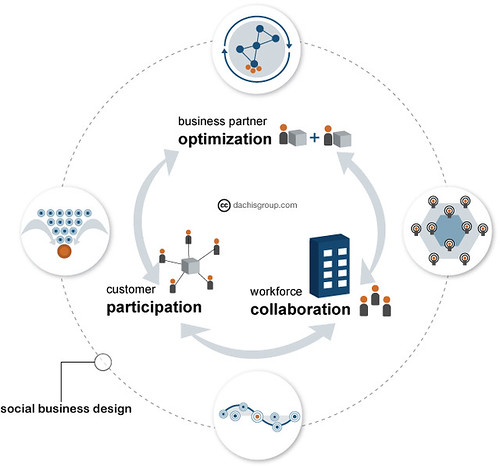when a writer’s education on a topic consists in interviewing an expert, he is apt to offer generalizations that are banal, obtuse or flat wrong.Now, I’m laughing all the way home, believe me, but I’m concerned that our industry is one that is fueled by Igon Valuation. Is it not true that there’s a deep hunger for sweeping generalizations in lay speak? A thirst for buzzy buzz words to capture compelling psychological constructs? Isn’t that essentially what industry analysts are lionized for?
My concern is that this Problem is keeping answers at bay. There are solutions available to some of today’s more complex business problems, but they’re waiting to be "Igon-valued" before catching on. Take the measurement of social technology usage, for example.
Meanwhile, academics are often brought on to firms with fear-- left in the back room, lest they promise to dumb down everything they’re thinking of uttering client-side.
I too have criticized Gladwell for his banal generalizations, for his cursory foray into psychology and statistics, for somehow stealing the credit for entire literatures-- but I'm constantly reminded that Gladwell is hailed as a business guru! His books are on the business best seller lists for months, years.
I’ve come to the conclusion that business wants things Igon Valued. In a recent embarrassment at Web 2.0. Expo NYC, danah boyd was publicly humiliated for speaking too densely, quickly, and smartly... I used to think it was compelling stories about data that were lacking, but I’ve now decided banal generalizations are more effective. Please tell me I’m wrong.
I think the essence of business problems are waiting to be solved by a combination of social network analysis (SNA), text analysis, and some good, old-fashioned, proper attention to human beings-- not all things that have been here all along, but things that are readily accessible now.
By measuring connections through SNA, we can identify things like:
- who’s connected to whom in an organization, however informal those connections are.
- the roles people play in communication and collaboration - whether they’re information brokers, originators, or hoarders (alas, a potential opportunity to make blatant generalizations!)
- the nature of signals exchanged-- when work is really getting done as opposed to socialization!
- how honest or emotional colleagues are with one another
- explore perceptions of trust, motivation, awareness, competition
- help validate the root cause of any given problem
As a profession, we are paying attention to the details of medical errors — to ambiguous chart abbreviations, to vaccination practices and hand-washing and many other important, or at least quantifiable, matters.This too is true in business-- we’re paying attention to quantifiable units because they’re there, buzzy concepts because we want to keep up with the Jones’.
Be wary of buzz words. Certainly there are outliers, flukes, and things you can accomplish without methodical, long-winded statistical pattern analysis or reasoning, but for the most part, some depth is necessary. Furthermore, means to the depth already exists -- we’re not waiting for it to be figured out, just waiting for it to be popularized.
Also posted on Dachis Group Collaboratory which you can subscribe to here





